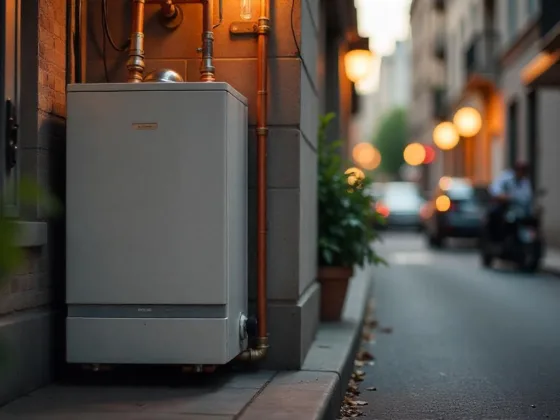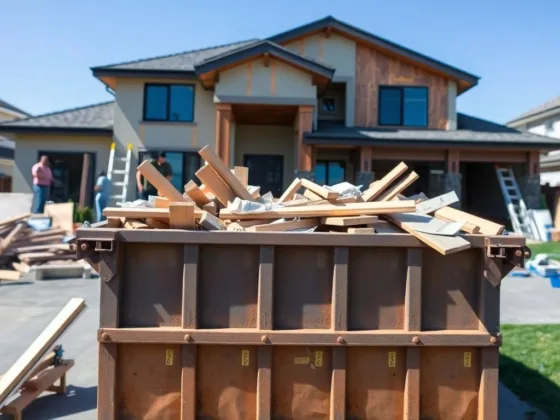Table of Contents Show
If sewer gases are finding their way into your home, you could be dealing with a severe problem in more ways than one.
Sewer gas is a collective term for the mix of compounds that are a by-product of waste decay. They include ammonia, hydrogen sulfide, and methane. If you are exposed to sewer gases, you may experience dizziness, headaches, and asphyxiation. In large enough quantities, you may face poisoning, memory loss in addition to the real danger of fire or an explosion.

Of course, not every gas leak is serious. Still, if in doubt, always err on the side of caution by reaching out to a sewer inspection service such as indianaleak.com/leak-detection/sewer-camera-inspection/.
Here is a look at some of the more common causes of a gas leak.
1. Dry P-Traps
You may have noticed that your home’s plumbing fixtures are connected to the drainage system using pipe segments whose shape is like the letter P sideways. Referred to as P-traps, S-traps, or just water traps, they retain water to form a liquid barrier between your indoor spaces and the drainage system.
Nevertheless, water gradually evaporates over time. Therefore, if a plumbing fixture has not been used for a while, its P-trap may see its water levels gradually drop and eventually go dry. When this occurs, sewer gases can find their way into the home. This is a problem that you can fix easily and do not need to call a plumbing service.
Simply allow water into the P-trap and the barrier will be restored. Note that P-traps are not used in plumbing fixtures only but floor drains as well. So even if all your plumbing fixtures’ P-traps have water, there may be a dry floor drain that is allowing sewer gases out.
2. Damaged Piping or Seals
Drainage piping or its seals may be damaged. Seals are meant to not only prevent liquid leaks but also ensure sewer gases stay within the piping. For toilets especially, the neoprene or wax ring between the base of the toilet and the toilet flange may be damaged over time thus allowing sewer gases into the home.
Seal damage may sometimes be detectable by observing water leaks. This is not always the case though. To be sure, plumbers will use a smoke test by injecting pressurized smoke into the drainage system and looking for any leaks along with damaged seals or piping.
Read Also:
3. Blocked or Damaged Vent Lines
An effective plumbing system has vent lines in addition to the drainpipes. In the same way that drain pipes discharge wastewater, vent lines go to the roof to discharge sewer gas into the atmosphere.
Also, vent lines help stabilize the pressure in the drainage system. Without vent lines, pressure differences may stop water from flowing in or cause wastewater to back up through the drain pipes.
If vent lines are blocked or damaged, sewer gases may seep into the home even if all P-traps are filled with water. Vent lines are usually blocked when debris falls in or a small animal dies inside. Like drainpipes, they may develop cracks too. Plumbers use a smoke test to identify and fix trouble spots.
4. Absent Clean-Out Plugs
Clean-out plugs provide access points to the main sewer lines and are usually installed at foundation walls. They are an avenue for snaking out the line and preventing sewer gases from moving up into the home. They are a convenient point for removing drainage clogs.
If one of these clean-out plugs is missing, this can be the source of the sewer gas in your home. Inspect your house traps for missing clean-out plugs. You can purchase a replacement at a hardware store near you or online.
Could it be Moss?
If you have an unpleasant smell in your home, don’t always assume it’s a sewer gas leak. Mold is a notorious cause of unpleasant odors indoors. Mold may grow out of sight when indoor humidity is not properly regulated.
Fortunately, mold odors and sewer gas do not smell the same. Sewer gas will usually have that rotten egg smell while mold feels musty. Either way, even if it’s a mold problem, you want to get it resolved at the earliest opportunity. Mold causes allergic reactions in more sensitive individuals.









